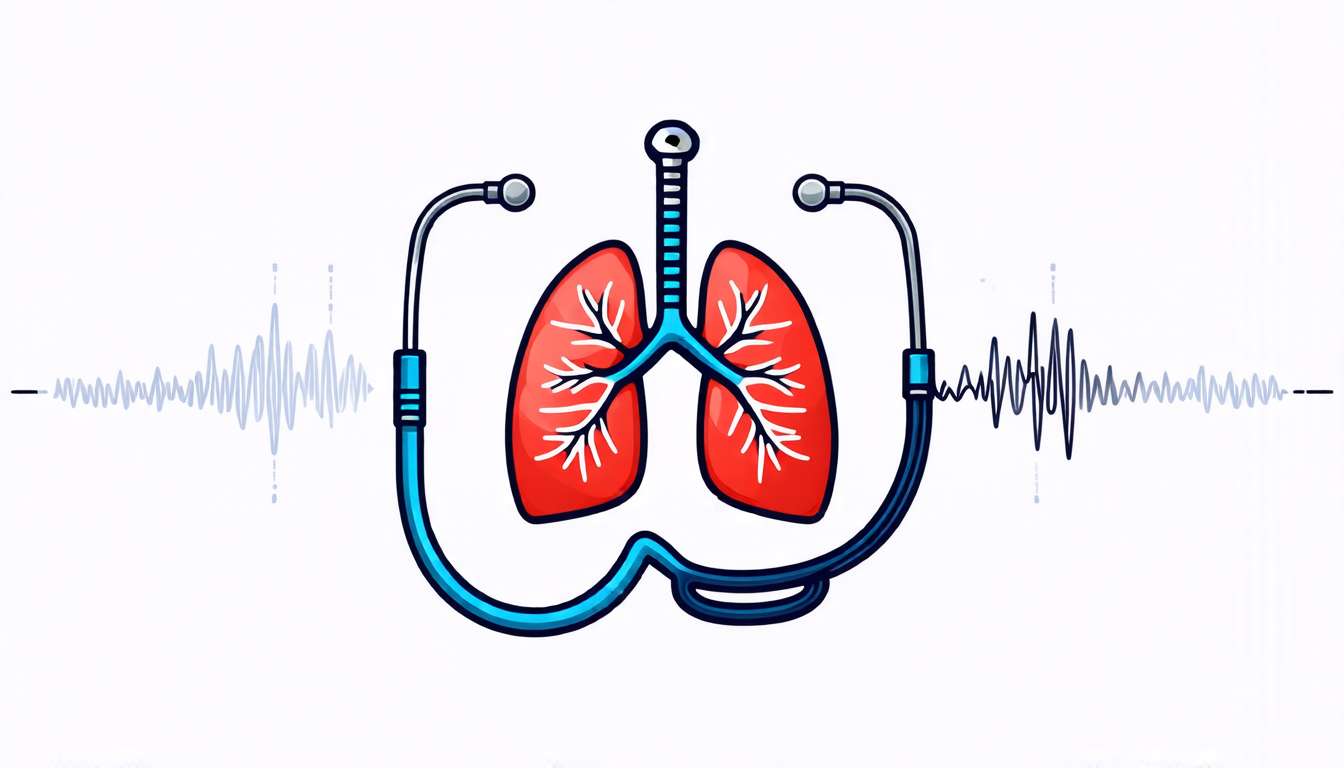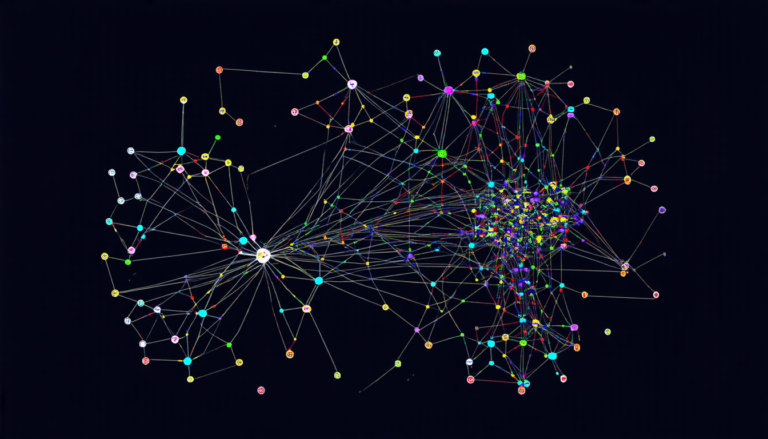Friday 18 July 2025
Scientists have made a significant breakthrough in developing a new method for classifying respiratory sounds, which could lead to more accurate diagnoses of lung diseases.
The method, called Disentangling Dual-Encoder Masked Autoencoder (DDE-MAE), uses artificial intelligence to separate relevant information from irrelevant noise in recordings of patients’ breathing sounds. This is crucial because many lung diseases can be difficult to diagnose accurately, and misdiagnosis can have serious consequences for patients.
Traditionally, doctors have relied on listening to patients’ breathing sounds with a stethoscope to detect signs of disease. However, this method is subjective and prone to error. Newer technologies use machine learning algorithms to analyze audio recordings of patients’ breathing sounds, but these methods often struggle to accurately identify disease due to the complexity of the data.
The DDE-MAE method addresses this challenge by using two separate encoders to process the audio recordings. One encoder focuses on capturing information about the patient’s lungs, while the other encoder captures irrelevant noise and background information. This allows the model to better distinguish between normal and abnormal sounds, leading to more accurate diagnoses.
The researchers tested their method on a large dataset of respiratory sound recordings from patients with various lung diseases. They found that the DDE-MAE method outperformed existing methods in detecting signs of disease, particularly for rare or subtle conditions.
This breakthrough has significant implications for the diagnosis and treatment of lung diseases. Accurate diagnosis is critical for determining the best course of treatment, and misdiagnosis can lead to delayed or ineffective treatment. The DDE-MAE method could help doctors make more accurate diagnoses, leading to better outcomes for patients.
The researchers believe that their method has the potential to be widely adopted in clinical practice, particularly in areas where access to specialized equipment or expertise is limited. This could be especially important in developing countries or rural areas where resources may be scarce.
While there is still much work to be done to refine and perfect the DDE-MAE method, this breakthrough represents a significant step forward in the development of machine learning-based diagnostic tools for lung diseases.
Cite this article: “Breakthrough Method for Classifying Respiratory Sounds May Improve Lung Disease Diagnoses”, The Science Archive, 2025.
Respiratory Sounds, Lung Diseases, Artificial Intelligence, Machine Learning, Diagnosis, Autoencoder, Masked, Dual-Encoder, Stethoscope, Disease Detection







